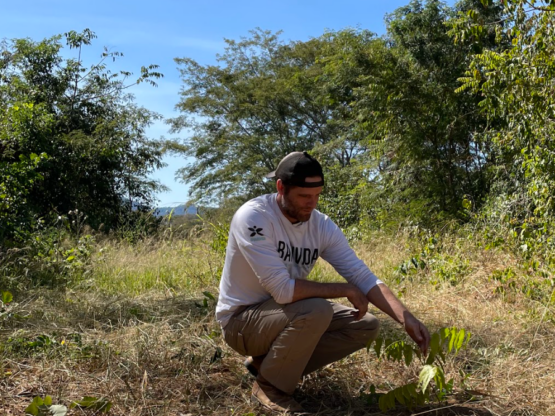Our Goal
5 Million Trees Planted by 2025
WHAT WE PLANT
It’s important to know what trees we’re planting and why. Here at 4EverForest, we try to be conscious of our environment and what we’re putting into it. The tree species we chose are all native trees to the area and have a long-established history of growing in the Chiquitania forest. We chose a variety of trees based on numerous factors, trees for material, trees for coverage, trees for both human and animal consumption and trees to provide economic value to the local community.
If you’re interested in the science behind our trees, read on to learn more about what we plant and how you can help support us.
WHY BARU?
The Baru tree, popular locally for generations. A tree that's native to only this part of the world has evolved into one of nature's greatest secrets. Fire resistance and ability to draw nutrients from deep below the surface of the earth it survive the toughest droughts mitigating the effects of climate change.
When you plant a Baru tree you save the planet in three ways:
- You are paving the way for sustainable food production.
- You're actively decreasing global C02 emissions and you're replanting the amazon rainforest one tree at a time.
The Baru tree is a local tree species, a crucial habitat, and a cornerstone of life as we know it.
The Baru tree has multiple uses, which is why they’re great for developing economic growth in the communities and combating the challenges of climate change. We’ve listed the four main reasons we highly value the Baru nut.


1
The fruit of the Baru is hard, so it's a good food source in the dry season for local communities. It is sugary and rich in fibre. It sustains the animals, particularly cows, pigs, and bats. Bats help transport the seeds several kilometres, contributing to the spread of the Baru tree distribution. All the animals that eat the Baru fruit chew off the outer fruit and leave the hard shell of the seed behind.
2
Once the fruit has been stripped, a hard exoskeleton protecting the seed remains. We have developed a new machine to crack the shell without breaking the seed inside. The outer shell was previously useless, but now we are working with an organization called Pro Bosque to turn that outer shell into charcoal, which the communities can then use for their fires or sell for economic gain.
3
The seed of the Baru is the real prize. A full-grown Baru tree should be able to produce 10 kilos of seed every year. The communities use broken nuts to make soups, chocolate, butter, etc. The Baru seed is the healthiest in the world, and its value has risen steadily over the past five years, raising a lot of awareness in the communities that are cultivating them.
4
The Baru tree is a prized hardwood that can be used in several construction practices. For example, after producing fruit for over 50 years, the Baru tree can be cut for timber products before a new tree is planted again.
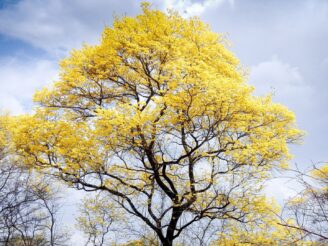
Tabebuia chrysantha (Tajibo)
Tajibo is the most widely milled and used lumber in Chiquitania. It was naturally abundant, but illegal logging and milling have depleted many reserves.
Tajibo grows straight and tall.
It takes 20 years to reach maturity.
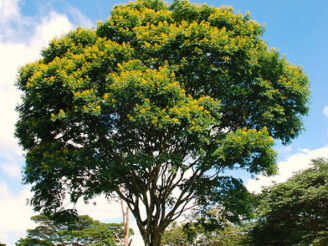
Libidibia ferrea (Morado)
A few years ago, Morado was the most expensive hardwood in the area. It’s a prized hardwood of authentic beauty and value. Morado has a small place that naturally thrives in the San Ignacio areas. Morado takes 25 years to reach maturity.
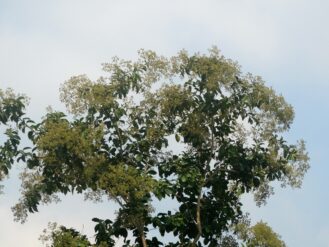
Cordia Alliodora (Picana Negra)
Picana Negra is one of the most expensive and sought-after hardwoods of Chiquitania. Its leaves are also used to treat lung disease and irregular heartbeat. It grows straight and tall, up to 30 Meters and comes into economic value at 25 years.
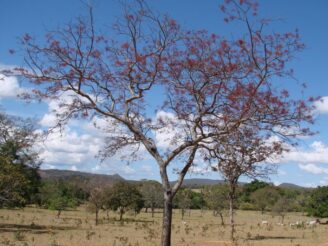
Myracrodruon urundeuva (Cuchi)
Cuchi is the most weather-resistant natural tree in the area. It grows fast and is widely used in many building projects locally and externally. Therefore, Cuchi is always in high demand and reaches economic value after 20 years.
Together we will save the planet. Let's start today!
About Us
Where We Plant
Techniques
Get Involved
Not-for-profit | Terms and Conditions | Privacy Policy
Follow our Journey
